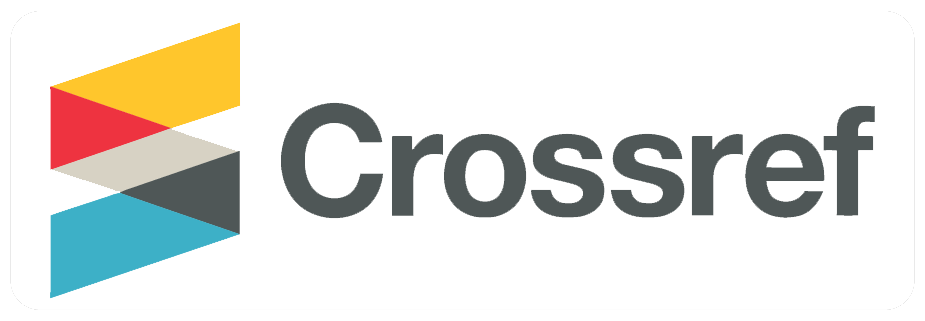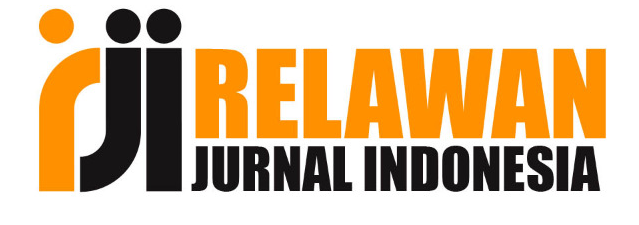Evaluasi Kepuasan Pengguna Terhadap Respon Cepat Tanggap Layanan Aplikasi Mobile Myindihome Berdasarkan Kombinasi Metode Servqual dan Metode Webqual
DOI:
https://doi.org/10.36982/jiig.v11i1.1066Abstrak
Abstract
As for this research aims to determine the level of satisfaction of myindihome mobile application users. As a service provider, PT. Telkom, Tbk is required to be able to provide service, a fast respons, precise and accurate to customers. Even though it has several facilities to accommodate all customer complaints in Indonesia, but in reality there are still many customer complaints that have not been resolved properly which need attention. In this study, measurement of user satisfaction toward service responsiveness uses a combination of ServQual method and WebQual method. The combination of both theories, effectively addresses multicollinearity (if many variables are highly correlated). In connection with that condition, based on the theory of service quality (ServQual) is used to determine satisfaction with the application, is there an influence of variables of reliability, responsiveness, empathy, assurance, and tangible toward user satisfaction both individuals and groups. While based on the website quality (webqual 4.0) instrument identify quality based on three variables, namely usability, information quality, and service interaction quality. PLS (Partial Least Square) model of calculation which is one of the Structural Equation Modeling is used to test research hypothesis. Reliability and validity have also been tested. This study is also emphasis on the extent to which the perception of the quality of service of mobile applications myIndiHome perceived and how it affects the user satisfaction of mobile applications myIndiHome in this case the customer indihome that have significant impact on customers' satisfaction..
Keywords : Â Indihome, User Satisfaction, Servqual, and Webqual
Abstrak
Adapun penelitian ini bertujuan untuk mengetahui tingkat kepuasan pengguna aplikasi mobile myIndiHome. Sebagai penyedia layanan, PT. Telkom, Tbk dituntut untuk mampu memberikan pelayanan atau respon yang cepat, tepat dan akurat kepada pelanggan. Meskipun memiliki beberapa sarana untuk menampung semua keluhan pelanggan di Indonesia, namun dalam kenyataannya masih banyak keluhan pelanggan yang belum dapat terselesaikan dengan baik yang perlu diperhatikan. Dalam penelitian ini, pengukuran kepuasan pengguna terhadap respon cepat tanggap layanan menggunakan kombinasi metode ServQual dan WebQual. Kombinasi kedua teori, secara efektif menangani multikolinieritas (jika banyak variabel yang sangat berkorelasi). Sehubungan dengan kondisi itu, berdasarkan teori service quality (ServQual) digunakan untuk mengetahui kepuasan terhadap aplikasi tersebut, apakah ada pengaruh variabel reliability, responsiveness, empathy, assurance, dan tangible terhadap kepuasan pengguna baik perorangan maupun kelompok. Sedangkan berdasarkan instrumen website quality (webqual 4.0) mengidentifikasi kualitas berdasarkan tiga variabel yaitu usability, information quality, dan service interaction quality. Perhitungan model PLS (Partial Least Square) yang merupakan salah satu Structural Equation Modeling (SEM) digunakan untuk menguji hipotesis penelitian. Reliabilitas dan validitas juga telah diuji. Penelitian ini juga menekankan pada sejauh mana persepsi tentang kualitas layanan aplikasi mobile myIndiHome yang dirasakan dan bagaimana pengaruhnya dengan kepuasan pengguna aplikasi mobile myIndiHome dalam hal ini pelanggan indihome yang memiliki dampak signifikan pada kepuasan pengguna.
Kata kunci : Indihome, Kepuasan Penggguna, Servqual, dan WebqualReferensi
Barclay, D., Higgins, C., & Thompson, R. 1995. The partial least squares (PLS) approach to casual modeling: personal computer adoption ans use as an Illustration. Technology Studies, 2(2).
Barnes, S. J., & Vidgen, R. T. 2002. An integrative approach to the assessment of e-commerce quality. Journal of Electronic Commerce Research, 3(3), 114-127.
Chin, W. W. (2010). How to write up and report PLS analyses. In Handbook of partial least squares (pp. 655-690). Springer, Berlin, Heidelberg..
DeLone, W. H., & McLean, E. R. 2003. The DeLone and McLean model of information systems success: a ten-year update. J Journal of management information systems, 19(4), 9-30.
Firliana, R., Kasih, P., & Sulastri, H. S. 2016. Sistem Analisis Kualitas Pelayanan terhadap Tingkat Kepuasan Pelanggan menggunakan Metode Service Quality (SERVQUAL). Seminar Nasional Teknologi Informasi dan Multimedia (semnasteknomedia online), 4(1), 205-210.
Hair, J. F., Anderson, R. E., Babin, B. J., & Black, W. C. 2010. Multivariate data analysis: A global perspective (Vol. 7): Upper Saddle River, NJ: Pearson.
Hair, J. F., Hult, G. T. M., Ringle, C. M., & Sarstedt, M. 2016. A Primer on Partial Least Squares Structural Equation Modeling (PLS-SEM): SAGE Publications.
Hermanto, A., Supangat, S., & Mandita, F. 2017. Evaluasi Usabilitas Layanan Sistem Informasi Akademik Berdasarkan Kombinasi ServQual dan Webqual Studi Kasus: SIAKAD Politeknik XYZ. Journal of Information Systems Engineering and Business Intelligence, 3(1), 33-39.
Kurniawati, R., & Manuputty, A. D. 2013. Analisis Kualitas Layanan Teknologi Informasi dengan Menggunakan Framework Information Technology Infrastructure LibraryV. 3 (ITIL V. 3) DomainService Transition: Studi Kasus pada Costumer Service Area Telkom Salatiga. Jurnal Teknologi Informasi -Aiti, 10(1), 31-45.
Parasuraman, A., Zeithaml, V. A., & Berry, L. L. (1988). Servqual: A multiple-item scale for measuring consumer perc. Journal of Retailing, 64(1), 12.
Syamsuar, D. 2015. Understanding IPv6 resistance: A model of resistance among Indonesian organizations (Doctoral dissertation, Curtin University).
Unduhan
Diterbitkan
Cara Mengutip
Terbitan
Bagian
Lisensi

This work is licensed under a Creative Commons Attribution-ShareAlike 4.0 International License.











